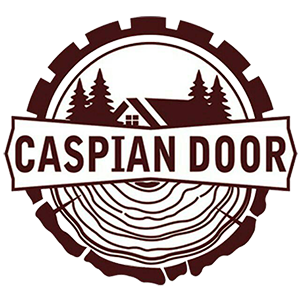PVC is a member of the family of polymers and copolymers, all of them having a common vinyl group (-CH2-CH). This thermoplastic polymer is made in two types of hard and flexible and in the present situation is one of the most valuable products of the petrochemical industry
Material name (Persian): Polyvinyl chloride
The name of the substance (English): Polyvinyl chloride
Brand (Persian): PVC
Brand (English): PVC
Other names: Ethylene chloro polymer, Hemo-polymer chlorine, Chromo-hemi-polymer, Polyvinyl chloride
PVC and vinyl terms are commonly used not only for polymer reference but also for all materials made of polyvinyl chloride (PVC). Polyvinyl chloride is plastic with unlimited use. Generally, more than 50% of human-made PVC is used in building, since PVC is cheap and easily aligned
In recent years, PVC has replaced traditional building materials such as cement and pottery in many areas. Despite the advent of an ideal material for building, there is still concern about the cost of PVC for the natural environment and There is human health. Frequent uses for pvc (pvc) include vinyl siding, magnetic sign cards, vertical cutting of windows, phonograph pages, tubes, plumbing, ducts and fittings, cheap bags, dark windows (without vision) and in Its soft shape is available for clothes, upholstery, such as blinds, flooring and roofing, electrical cables, lightweight balls
PVC is also often used for water and sewage systems due to its low cost, natural flexibility and flexibility
PVC is a hard plastic that is soft and flexible by adding lubricants. The most commonly used is phthalate. Before the twentieth century, Russian chemist Ivan Stra Milesinsky and Fritz Kellyt of Grisham, Germany’s electron chemistry, both tried to use pvc (PVC) in commercial products, but the problems in the process, the hardness and sometimes the fragility of the polymer made their efforts ineffective. Put it In 1926, Waldo Simon of Beef Goodrich developed a way to soften the PVC by mixing it with various additives. The result was a flexible element that participated simply in processes and soon became commonplace in commercial use
Vinyl Chloride Monomer
By the end of the 1960s, Dr. John Gric and Dr. Morris Johnson were the first to identify human carcinogens for monomer vinyl chloride by experimenting with workers on the Vinyl Chloride Polymerization Circle in the Freefall of Rich. It is believed that most of the vinyl products are normally harmless when properly consumed, although a number of additives and softeners can leak from the vinyl product even though PVC toys have been designed for babies for many years. It is a concern that these additives leak from soft toys to the mouths of children who take it into their mouths
PVC products can be harmful when burned or buried. In January 2003, the European Union imposed a ban on 6 types of softening phthalate in toys. In 2006, the US Consumer Product Safety Commission denied a similar boycott in the United States. In the United States, however, most companies optionally stopped making PVC toys for babies


 فارسی
فارسی Русский
Русский العربية
العربية